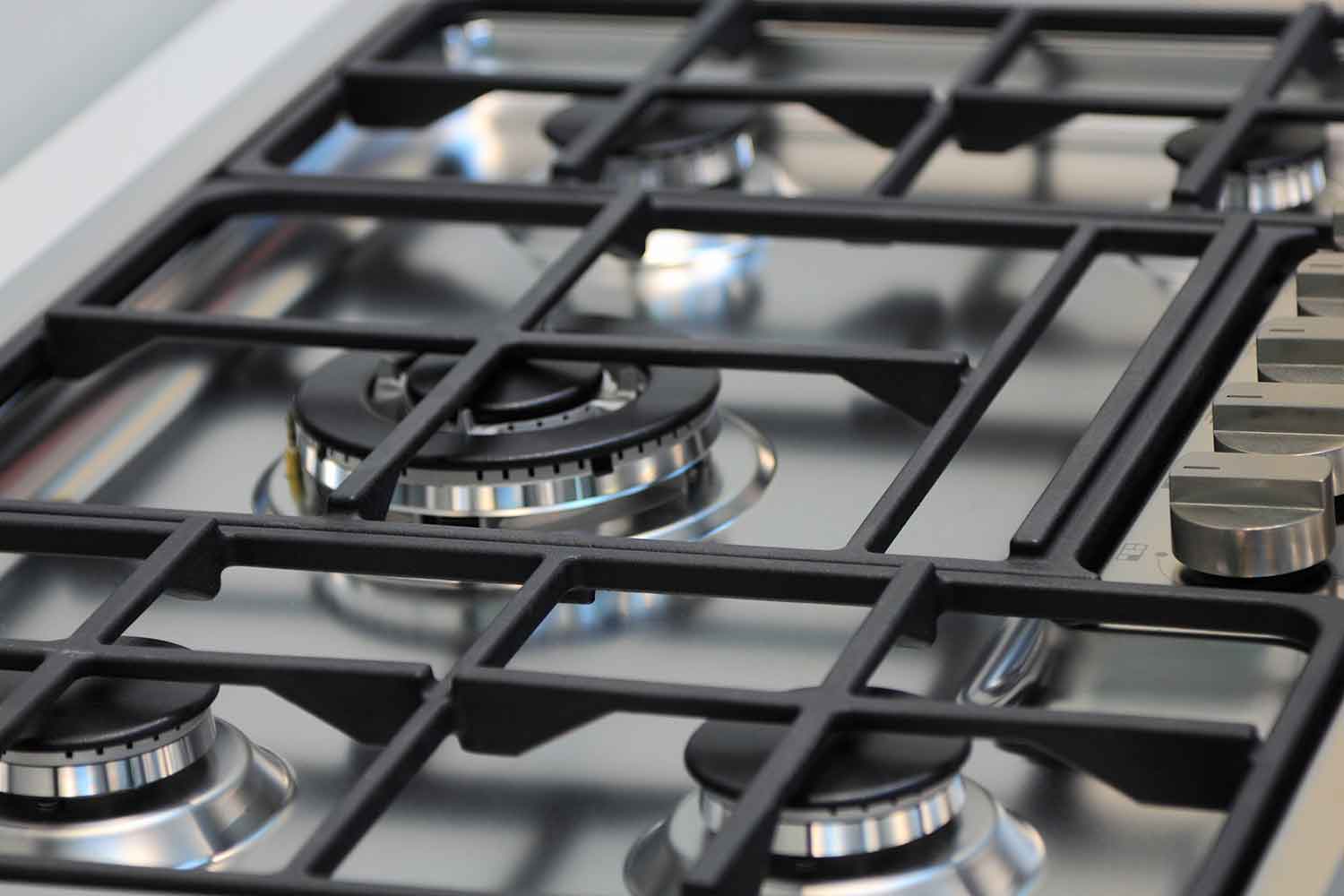How to Clean Stove Top Grates: Tips and Techniques

I. Introduction to Cleaning Stove Top Grates
A. Overview of the Importance of Regularly Cleaning Stove Top Grates
Regularly cleaning stove top grates is essential to maintain a clean and hygienic cooking environment. Over time, grates accumulate grease, food residue, and stains, which can affect the efficiency and appearance of your stove. Keeping the grates clean not only improves the cooking experience but also helps prolong their lifespan.
B. Understanding Different Types of Stove Top Grates and Their Cleaning Needs
Different stoves have different types of grates, such as cast iron, enamel-coated, or stainless steel. Each type requires specific cleaning methods to prevent damage. It’s important to identify the material of your grates and follow the appropriate cleaning techniques.
C. Exploring the Benefits of Properly Cleaning Stove Top Grates
Properly cleaning stove top grates offers several benefits. It helps maintain optimal heat distribution, prevents buildup that can affect the performance of burners, and reduces the risk of fire hazards. Additionally, a clean stove top enhances the appearance of your kitchen and makes cooking a more pleasant experience.
II. Preparing for Cleaning Stove Top Grates
A. Safety Precautions and Considerations
- Identifying Safety Measures When Handling Hot Grates and Cleaning Products
Before cleaning the grates, ensure the burners are turned off and the grates have cooled down. Wear protective gloves to prevent burns and use caution when handling cleaning products, especially those containing chemicals.
- Exploring Safety Tips for Protecting Yourself and Your Kitchen
Protect your kitchen surfaces by laying down towels or placing the grates on a protected surface during cleaning. Open windows or turn on ventilation to ensure proper air circulation when using cleaning products.
B. Removing the Stove Top Grates
- Step-by-Step Instructions for Safely Removing Grates from the Stove
Consult your stove’s user manual for specific instructions on removing the grates. In general, lift and remove each grate separately, taking care not to damage the burners or surrounding parts.
- Exploring Techniques for Easy Removal of Grates
To ease the removal of grates, gently wiggle them from side to side while lifting. Consider using a soft brush or towel to grip the grates for better control during removal.
III. Basic Cleaning Methods for Stove Top Grates
A. Cleaning Stove Top Grates with Dish Soap and Warm Water
- Step-by-Step Instructions for Using Dish Soap and Water for Cleaning
Prepare a solution of warm water and dish soap in a sink or basin. Submerge the grates in the soapy water and use a sponge or brush to scrub away grease and food residue. Rinse the grates thoroughly with clean water.
- Exploring Tips for Effective Cleaning and Removing Grease or Food Residue
For stubborn stains, create a paste by mixing baking soda and water. Apply the paste to the stain, let it sit for a few minutes, and then scrub it away. Rinse the grates thoroughly and dry them before reattaching them to the stove.
B. Soaking Grates in Vinegar and Baking Soda Solution
- Exploring the Benefits of Vinegar and Baking Soda for Stubborn Stains
Vinegar and baking soda are natural cleaning agents that can help remove tough stains and buildup. Vinegar’s acidity helps break down grease, while baking soda acts as a mild abrasive.
- Highlighting Steps for Soaking and Scrubbing Grates with Vinegar and Baking Soda
Create a mixture of equal parts vinegar and water in a sink or basin. Submerge the grates in the solution and let them soak for several hours or overnight. Remove the grates and sprinkle baking soda over them. Use a sponge or brush to scrub away stains and rinse the grates thoroughly.
IV. Deep Cleaning Techniques for Stove Top Grates
A. Scrubbing Grates with a Stove Top Cleaner
- Identifying Effective Stove Top Cleaners for Deep Cleaning
Stove top cleaners specifically designed for grates are available in the market. These cleaners are formulated to break down tough stains and grease buildup.
- Exploring Techniques for Scrubbing and Removing Tough Stains or Buildup
Follow the instructions on the stove top cleaner’s packaging for the best results. Apply the cleaner to the grates, let it sit for the recommended time, and then scrub away the stains with a sponge or brush. Rinse the grates thoroughly and dry them before reattaching them to the stove.
B. Using Ammonia for Deep Cleaning Stove Top Grates
- Highlighting the Benefits and Safety Measures of Using Ammonia
Ammonia is a potent cleaner that can effectively remove tough stains and buildup from grates. However, it is important to use ammonia in a well-ventilated area and follow safety precautions, such as wearing gloves and avoiding contact with skin or eyes.
- Exploring Step-by-Step Instructions for Cleaning Grates with Ammonia
Place the grates in a large, sealable plastic bag. Add a small amount of ammonia to the bag, enough to cover the grates. Seal the bag and let it sit overnight or for several hours. Remove the grates, rinse them thoroughly, and dry them before reattaching.
In conclusion, cleaning stove top grates regularly is essential for maintaining a clean and efficient cooking environment. By following proper safety measures and using appropriate cleaning methods, you can keep your grates in good condition and enhance your cooking experience. Whether you choose basic cleaning methods with dish soap or opt for deep cleaning techniques with specialized cleaners, regularly cleaning your stove top grates will help maintain their performance and appearance. Enjoy a well-maintained and clean cooking surface.